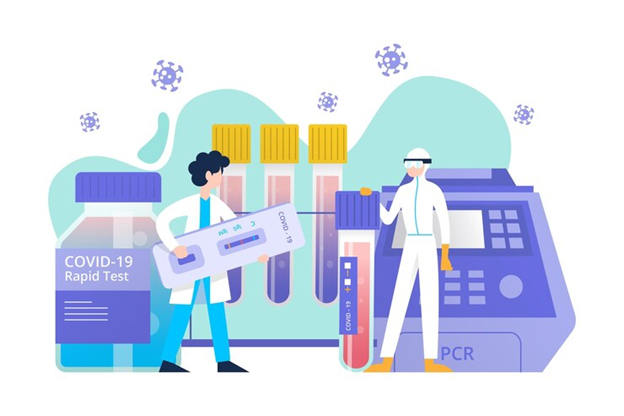CBD Vape: Understanding the Science Behind CBD Inhalation
CBD (cannabidiol) has gained significant popularity in recent years for its potential health benefits and its non-intoxicating nature. One of the most common methods of consuming CBD is through vaping, which involves inhaling CBD-infused vapor. This article aims to explore the science behind CBD inhalation and shed light on its potential effects.
The process of vaping
When it comes to vaping CBD, the process begins with a CBD Vape pen or device. These devices typically consist of a battery, a heating element, and a chamber or cartridge containing CBD oil or e-liquid. When the user activates the device, the heating element heats up the CBD oil, converting it into a vapor that can be inhaled.
The main advantage of inhaling CBD is its fast-acting nature. When CBD vapor is inhaled, it enters the lungs and is rapidly absorbed into the bloodstream. This allows for quick onset of effects, typically within minutes. In contrast, other methods of CBD consumption, such as oral ingestion or topical application, may take longer to produce noticeable effects as they need to pass through the digestive system or the skin barrier.
The effectiveness of CBD inhalation is attributed to the high bioavailability of the method. Bioavailability refers to the degree and rate at which a substance is absorbed into the bloodstream. As a result, a higher percentage of CBD reaches the bloodstream, leading to increased bioavailability and potentially enhanced therapeutic effects.
Furthermore, the inhalation of CBD allows for precise dosing. Vape pens and devices often provide customizable settings that allow users to control the temperature and dosage, offering a more tailored experience. This is particularly beneficial for individuals who require specific CBD dosages to address their unique needs or health conditions.
The science behind CBD inhalation also involves the interaction between CBD and the body’s endocannabinoid system (ECS). The ECS is a complex network of receptors and neurotransmitters found throughout the body, which helps regulate various physiological processes, including mood, pain sensation, appetite, and sleep. CBD interacts with the ECS by influencing the activity of cannabinoid receptors, primarily CB1 and CB2 receptors.
When CBD is inhaled, it binds to these receptors and modulates their activity, leading to various potential effects. For instance, CBD has been reported to have anti-inflammatory and analgesic properties, which may help alleviate pain and reduce inflammation. It has also been studied for its potential anxiolytic and antidepressant effects, suggesting it may help with anxiety and mood disorders.
However, it is important to note that while preliminary research suggests the potential benefits of CBD inhalation, more comprehensive studies are needed to fully understand its mechanisms and therapeutic applications. Additionally, individual responses to CBD may vary, and it is essential to consult with a healthcare professional before incorporating CBD inhalation into a wellness routine.
The bottom line
In conclusion, CBD inhalation through vaping offers a fast-acting and highly bioavailable method of consuming CBD. The interaction between CBD and the body’s endocannabinoid system may contribute to its potential therapeutic effects, such as pain relief, anti-inflammation, and mood regulation. However, further research is necessary to fully understand the science behind CBD inhalation and its long-term effects.






